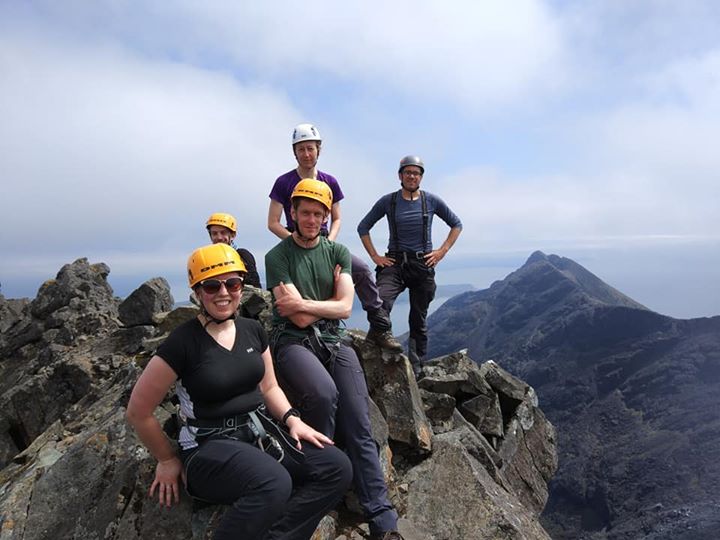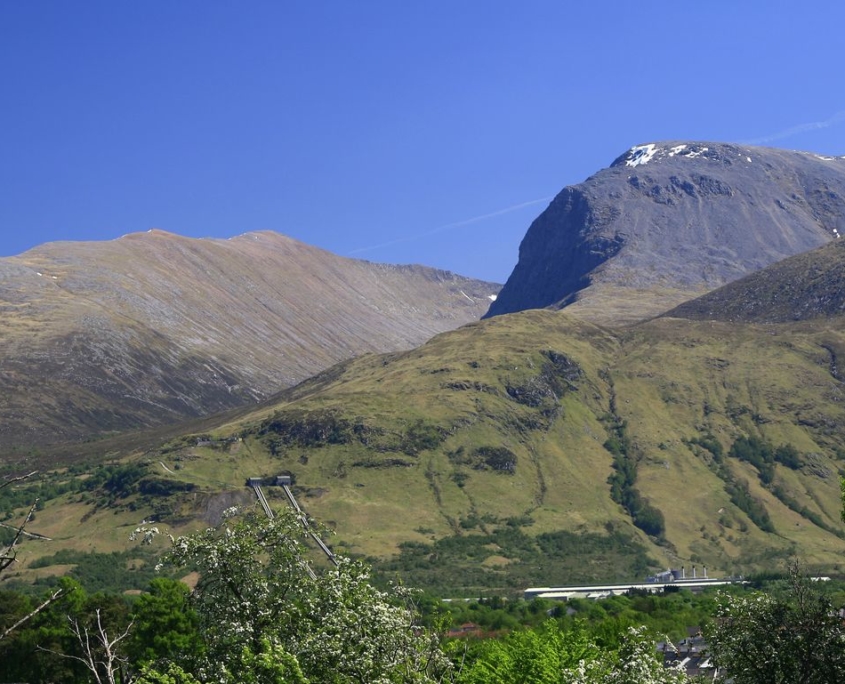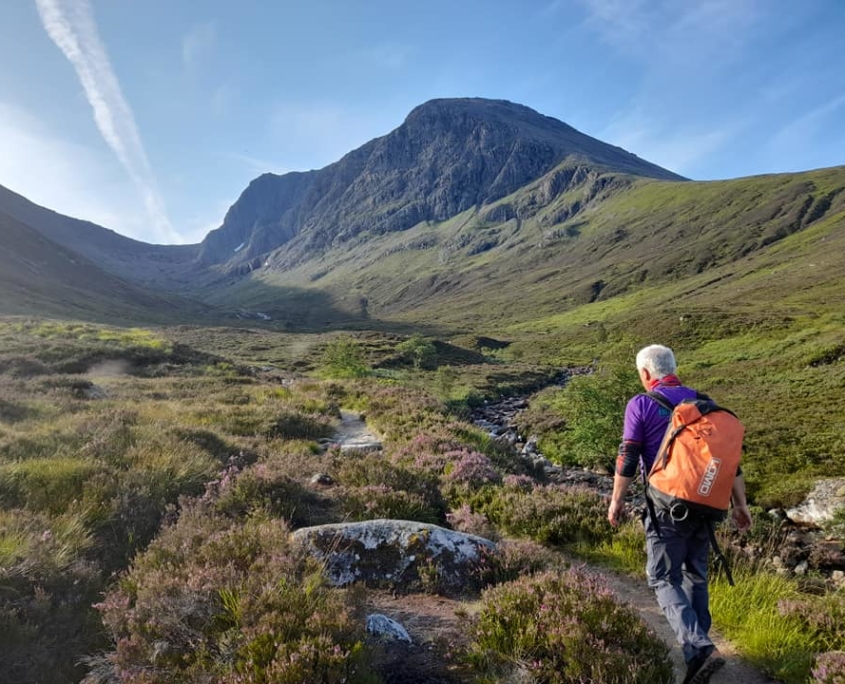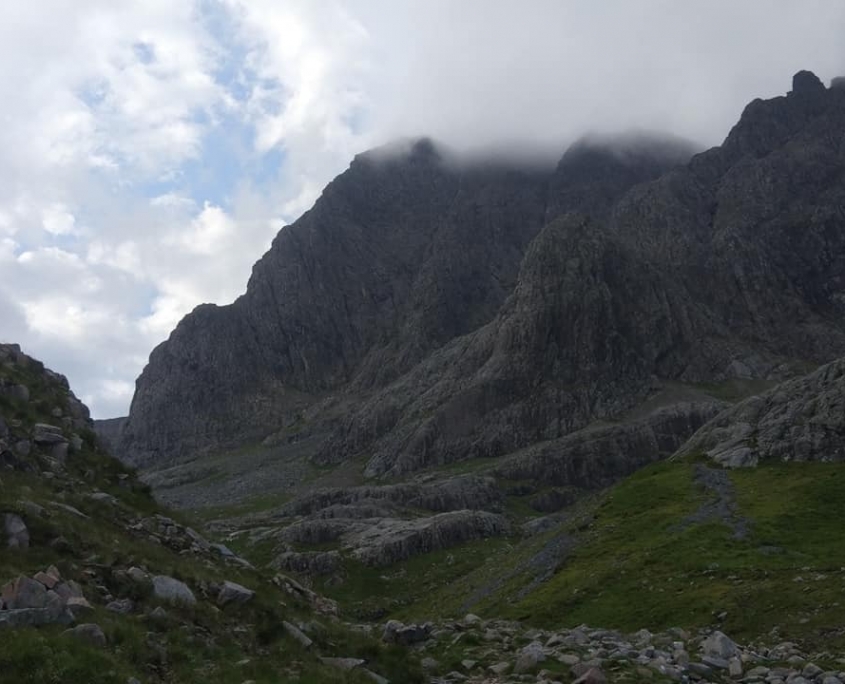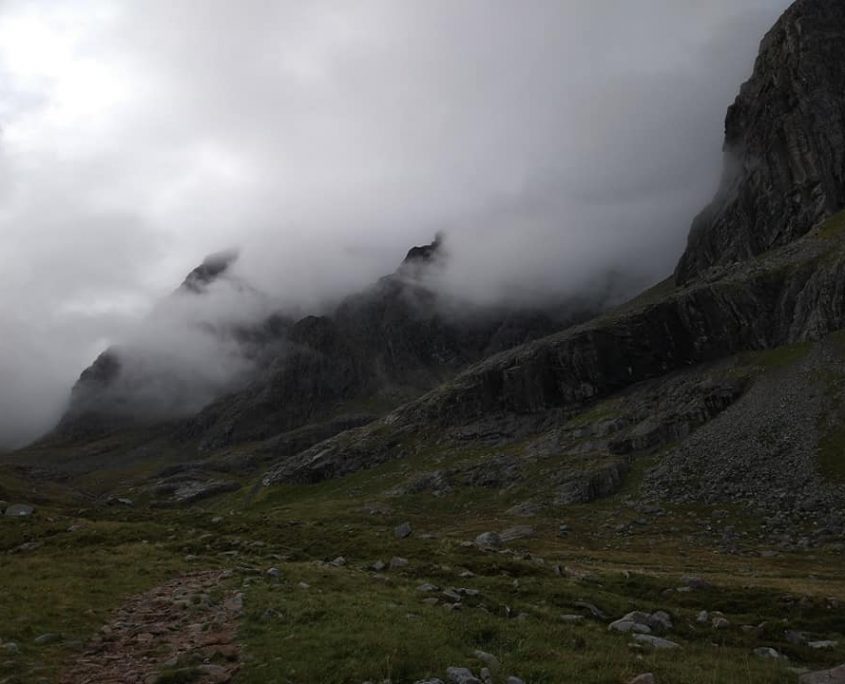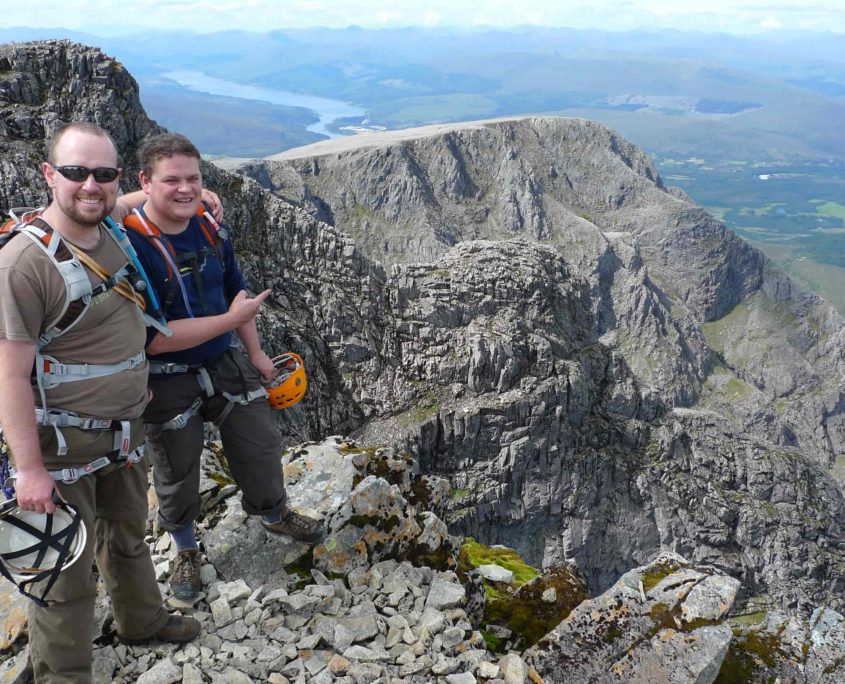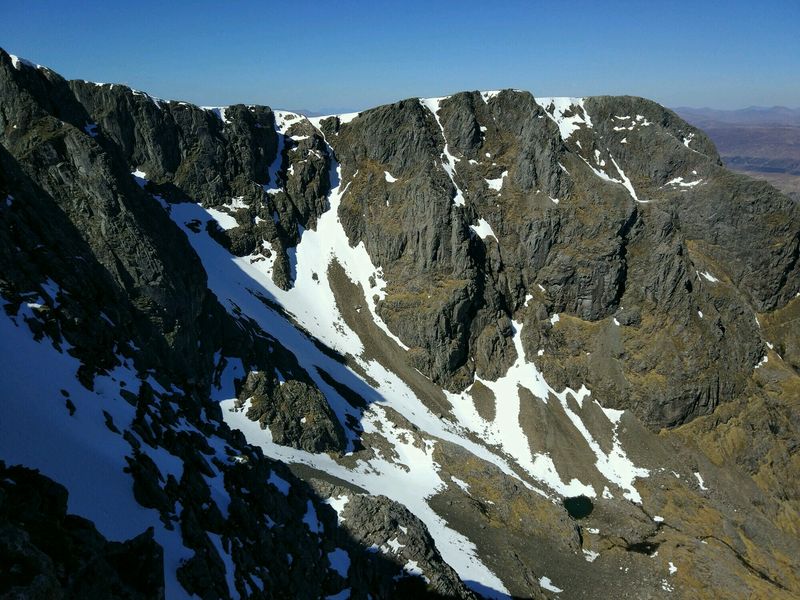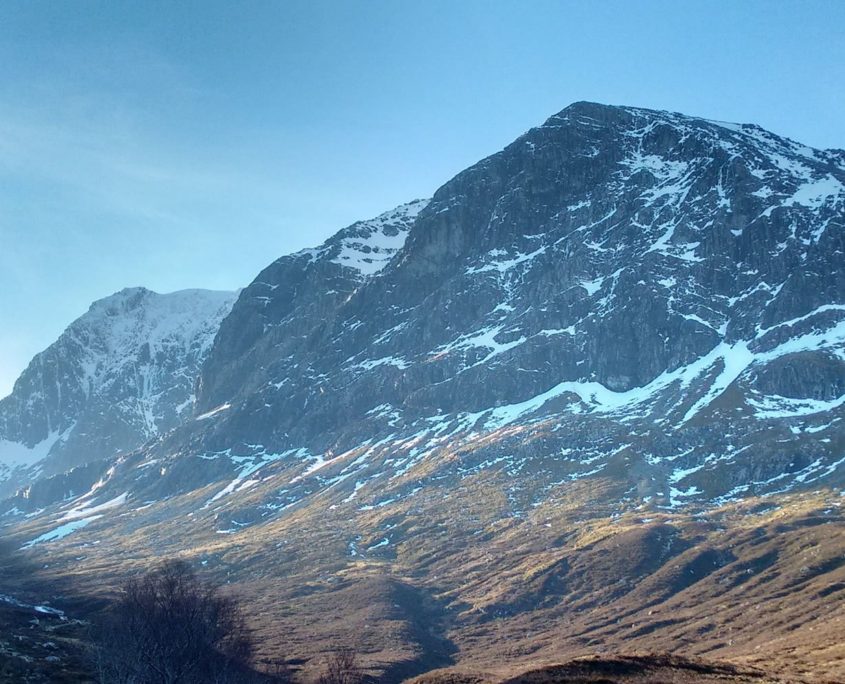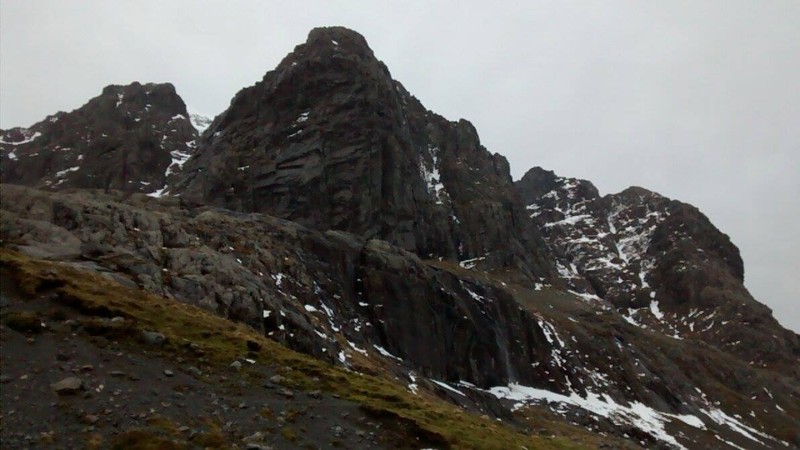Isle of Skye Wildlife
The Isle of Skye is not only known for its landscapes and adventurous activities, but also for its rich cultural heritage and diverse wildlife. The island is home to a diverse array of wildlife, including rare bird species such as the Golden and White-tailed Eagles, as well as seals and otters along its coastline.
Isle of Skye Culture
the Isle of Skye boasts a rich history, with ancient ruins and castles that tell the stories of battles, clan feuds, and the hardships of the Highland Clearances. Visitors can also experience the island’s traditional culture and hospitality through its charming villages, pubs, and local food specialities. With its unique combination of natural beauty, cultural heritage, and adventure opportunities, the Isle of Skye truly has something to offer everyone, making it a must-visit destination for walkers, hikers, and climbers.
What are the best walks on the Isle of Skye?
The best walk on Skye will depend on what your interests are, your level of fitness and hiking ability. For some a walk over the Red Cuillin or Totternish with panoramic views and for others a coastal walk seeing with the chance to sea Birds and Sea life.
Best Scrambles & Hikes in Isle of Skye
Some of the best scrambles and hikes on the Isle of Skye include the Black Cuillin ridge and it’s 11 Munros, which offers challenging and technical rock climbing, as well as beautiful views of the surrounding landscapes. Other popular hikes include the Quiraing, a dramatic and unusual rock formation, and the Old Man of Storr, a large pinnacle of rock that rises from the surrounding landscape.
Fairy Pools walk Skye
The Fairy Pools walk is a popular choice. The trail takes you through crystal clear streams and pools to the base of the Black Cuillin mountains. No guide is necessary for the hike to the Fairy Pools. For more experienced hikers, we can take you past the pools and into the Black Cuillin for an ascent of The Spur, Sgurr an Fheadain above Fairy Pools.
Skye hiking advice
It’s always a good idea to research and plan ahead, taking into consideration your own fitness and experience levels, as well as the current weather and trail conditions these can change dramatically after heavy rain. It’s also advisable to bring appropriate gear, such as sturdy footwear and rain gear, midge net and repellent.

